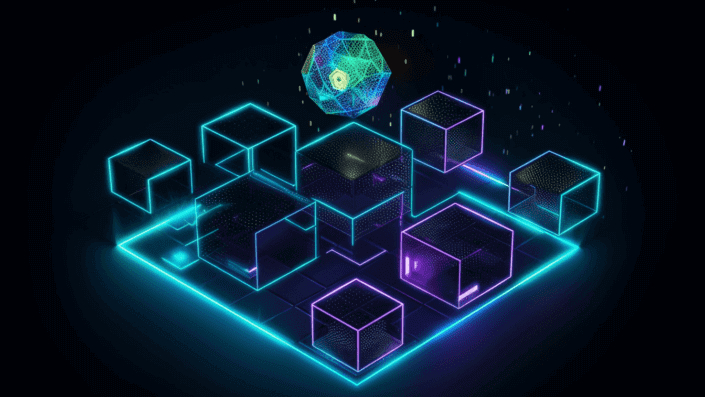
The Basics of DeFi
Decentralized Finance, or DeFi, is transforming the financial world by offering an open, transparent, and intermediary-free alternative to traditional financial systems. Built on blockchain technology, DeFi provides a range of services like lending, borrowing, and trading, all without the need for banks or brokers. This article covers the essentials of DeFi: what it is, how it works, its key services, popular platforms, risks, and its potential future.
What is DeFi?
DeFi stands for Decentralized Finance, a system that uses blockchain technology—most commonly Ethereum—to deliver financial services without centralized institutions. Instead of relying on banks or middlemen, DeFi employs smart contracts, which are self-executing agreements coded to automatically perform actions (like disbursing a loan) when certain conditions are met.
Here are the core features of DeFi:
- Decentralization: No single authority controls the system, reducing the risk of censorship or failure tied to a central entity.
- Transparency: Transactions are recorded on a public blockchain, making them verifiable by anyone.
- Accessibility: Anyone with an internet connection and a crypto wallet can participate, opening doors for those excluded from traditional finance.
The benefits are compelling: lower costs (no intermediary fees), faster transactions, and greater financial inclusion for underserved populations. However, DeFi also has downsides, such as security risks and regulatory uncertainty, which we’ll explore later.
How Does DeFi Work?
DeFi relies on a few key components to function:
- Blockchain: A decentralized digital ledger (like Ethereum) that securely records all transactions. It ensures data integrity and eliminates the need for a central overseer.
- Smart Contracts: These are the backbone of DeFi, automating financial processes like lending or trading without human intervention. For example, a smart contract might release funds to a borrower once they deposit collateral.
- Decentralized Applications (dApps): User-friendly platforms that connect people to DeFi services. Think of them as the apps you use to interact with smart contracts.
Together, these elements create an ecosystem where financial activities happen directly between users, or “peer-to-peer.”
Key DeFi Services
DeFi offers a variety of financial tools, including:
- Lending and Borrowing: Users can lend their crypto to earn interest or borrow against their assets. Interest rates are often set by supply and demand.
- Decentralized Exchanges (DEXs): Platforms like Uniswap let users trade cryptocurrencies directly, using automated market makers (AMMs) instead of traditional order books.
- Yield Farming: Participants earn rewards (often tokens) by providing liquidity to DeFi protocols, boosting returns on their holdings.
- Stablecoins: Cryptocurrencies like USDC or DAI, pegged to stable assets (e.g., the US dollar), provide a reliable way to store or exchange value in DeFi.
These services mimic traditional finance but operate in a decentralized, open manner.
Popular DeFi Platforms
Some standout DeFi projects illustrate how this ecosystem works:
- Uniswap: A DEX that lets users swap tokens directly from their wallets. Its AMM system sets prices based on liquidity pools rather than a central exchange.
- Aave: A lending platform where users deposit assets to earn interest or borrow against them. It’s known for “flash loans,” which allow borrowing without collateral if repaid in the same transaction.
- Compound: Another lending protocol that rewards depositors with interest and offers loans, plus governance tokens (COMP) that let users influence the platform’s direction.
These platforms highlight DeFi’s versatility and its ability to replicate—and innovate beyond—traditional financial products.
Risks and Challenges
DeFi isn’t without its pitfalls:
- Security Risks: Smart contracts can have flaws. If exploited, these bugs can lead to massive losses—think millions drained in a hack.
- Regulatory Uncertainty: Governments haven’t fully figured out how to oversee DeFi, creating legal gray areas for users and developers.
- Market Volatility: Crypto prices can swing wildly, affecting collateral values and loan stability in DeFi applications.
Participation requires caution and research to navigate these hazards effectively.
The Future of DeFi
DeFi is growing fast—by 2023, the total value locked in its protocols surpassed $100 billion. Its future could bring:
- Integration with Traditional Finance: Blending DeFi with conventional systems might create hybrid solutions.
- Wider Access: DeFi could serve billions currently excluded from banking, shrinking global financial gaps.
- Ongoing Innovation: Its open-source nature fuels constant experimentation, promising new tools and services.
For DeFi to thrive long-term, it must tackle its security and regulatory challenges head-on.






